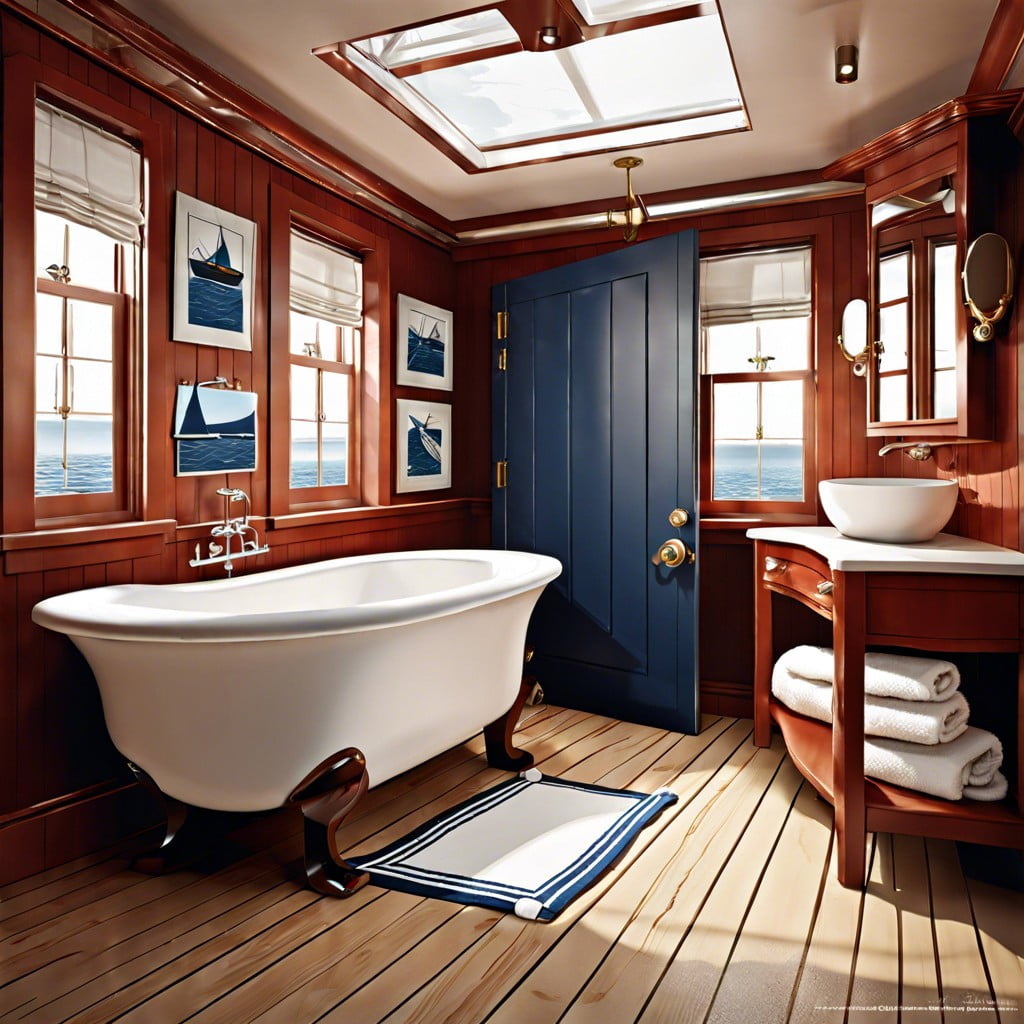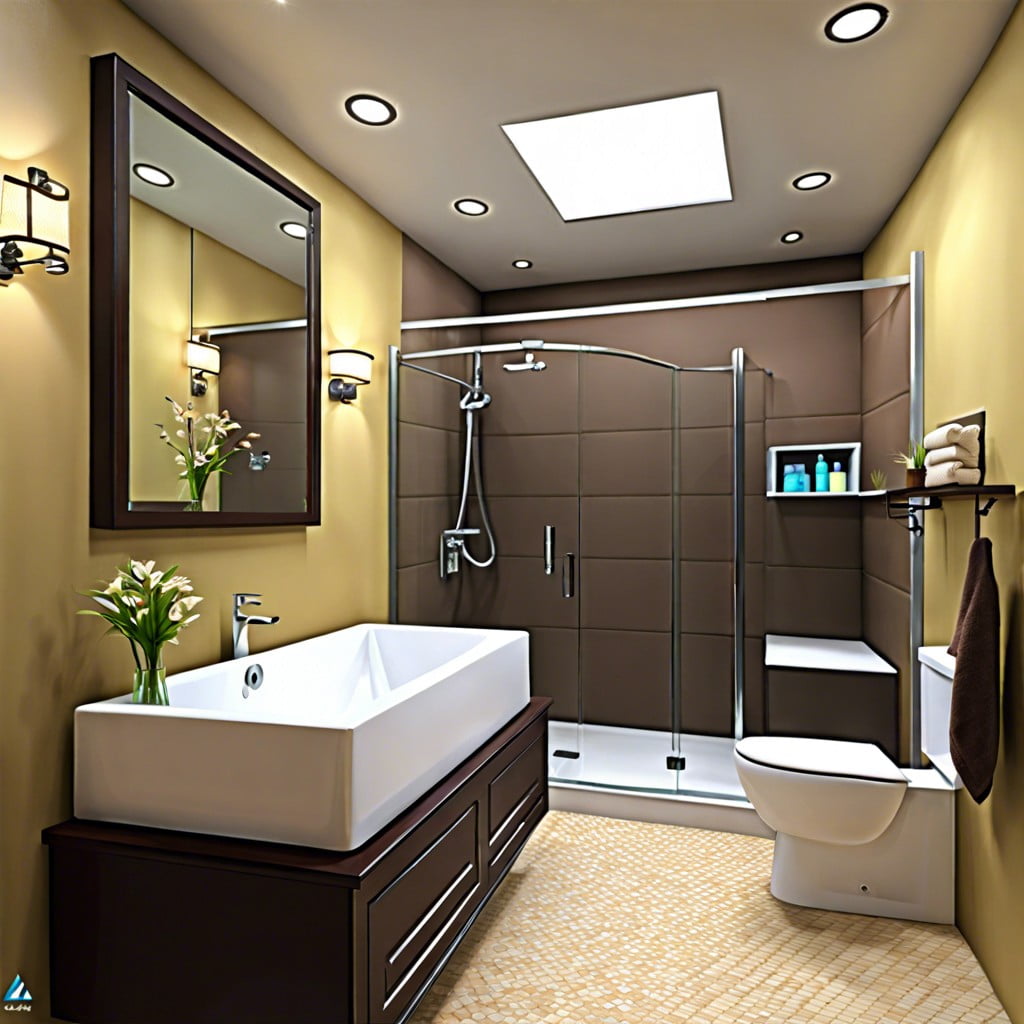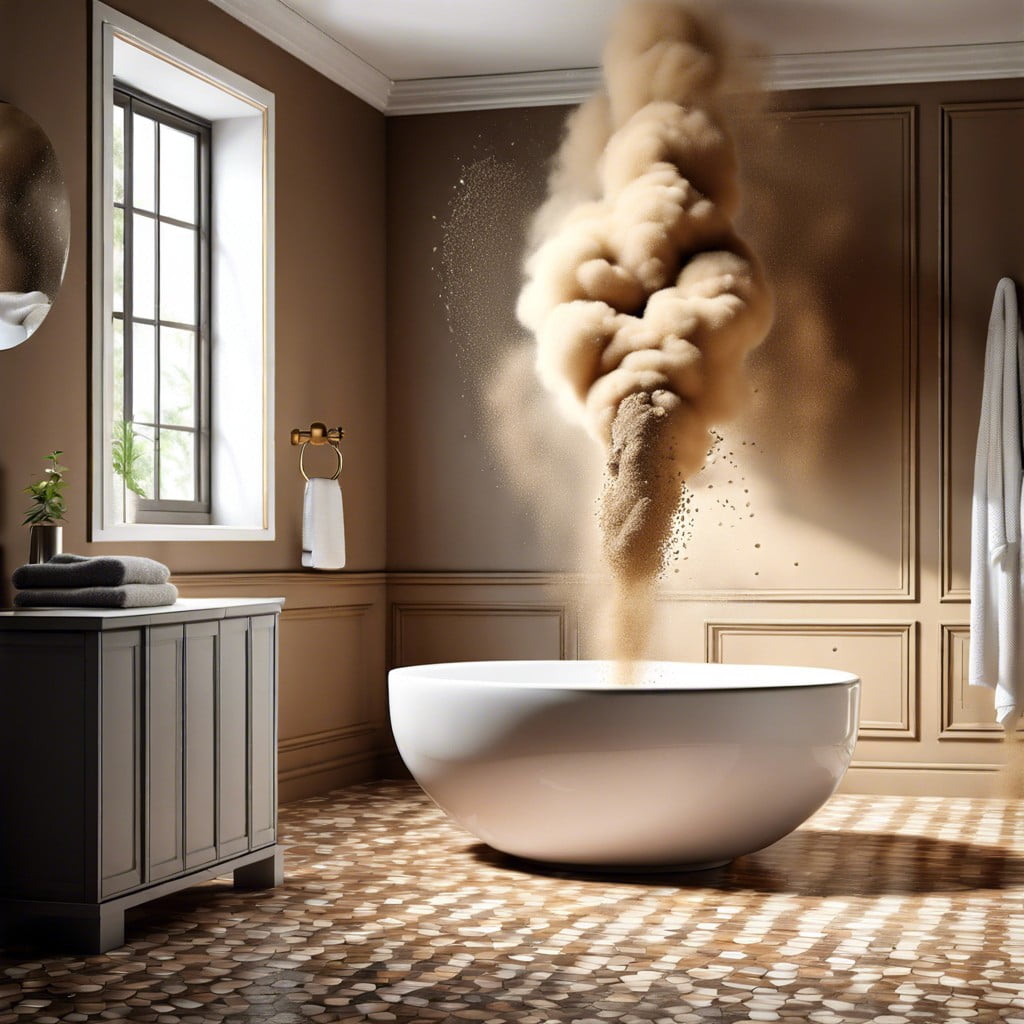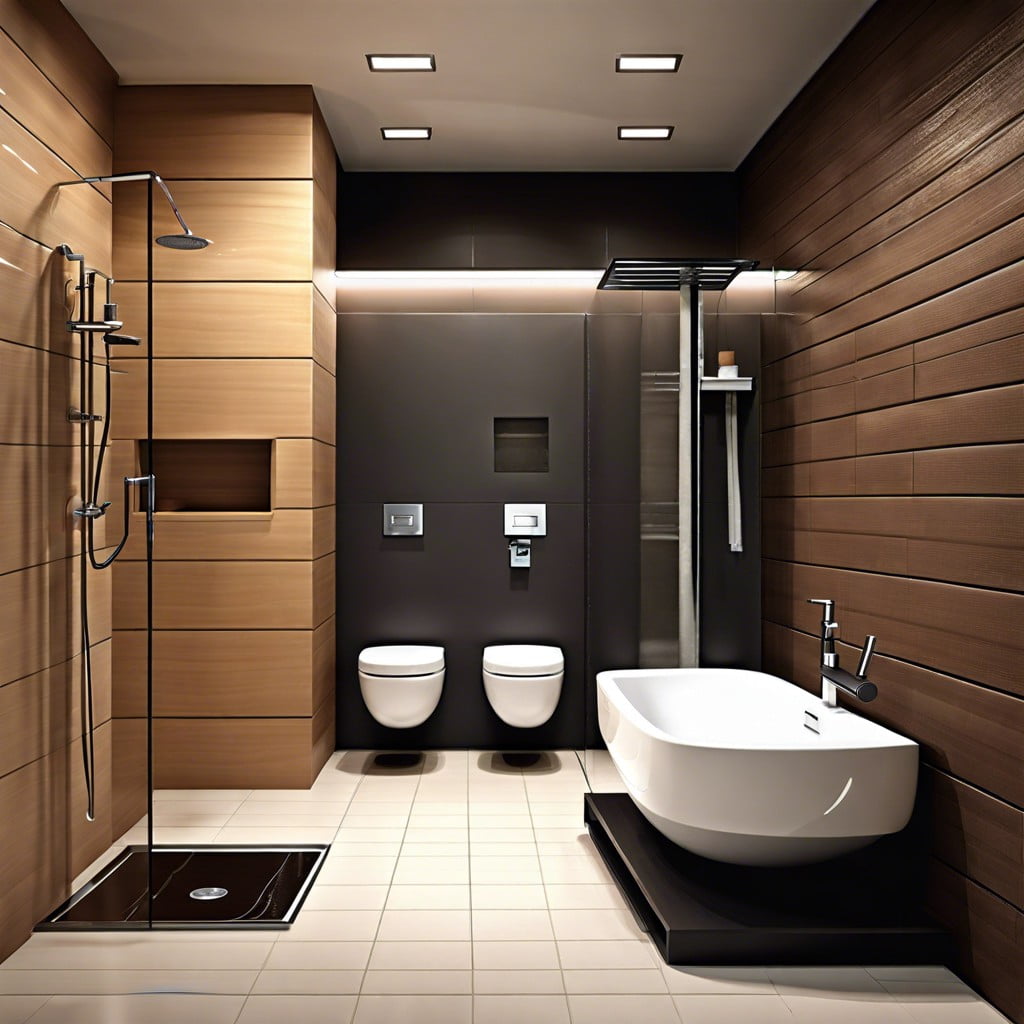Last updated on
Learn why a toilet is called a “head” and uncover its nautical origins in this informative article.
Key takeaways:
- Term “head” came from ships’ toilets at the bow.
- “Head” is a longstanding maritime term since the 17th century.
- Ship design placed toilets at the bow for practical reasons.
- Sailors in the past faced harsh conditions and basic facilities.
- Ship toilets have evolved from basic holes to modern systems.
Nautical Origins of the Term “head”

Back in the day, sailors had to be resourceful, and that extended to bathroom arrangements. On ships, the bathroom was typically found at the front, or bow, of the ship. Why?
- This area, called the “head,” was conveniently placed near the waterline for easy cleaning.
- Fresh sea breezes would help with ventilation, cutting down the smell in an era before air fresheners and plumbing.
- The ship’s slope ensured that waste would naturally wash away with the motion of the water.
It’s all about practicality on the high seas. Imagine trying to scrub the deck with a latrine at the stern. No, thanks.
First Recorded Use in Maritime Context
Historical documentation suggests that sailors were referring to the toilet as the “head” as early as the 17th century. Why? Well, oceanic voyages were by no means five-star vacations.
Ships had a specific lingo, and “head” slipped naturally into the vernacular. Often, sailors jotted down ship logs or diaries where the term popped up—providing historians with a linguistic trail to follow.
Maritime dictionaries from that era also list “head” as the designated term for the toilet area. This tells us the jargon was widely accepted and standardized among seafarers. Imagine the sailors chuckling, knowing their term would voyage through centuries!
The nautical language influenced broader vernacular over time, but its early use in authentic maritime documents cemented its salty legacy.
Ship Design and Toilet Placement
On old sailing ships, space was tight and every inch counted. The toilet was placed at the bow, or front, of the ship for very practical reasons:
- Fresh sea breeze: Placing the toilet at the bow meant that any unpleasant odors were carried away by the wind. After all, you don’t want your shipmates holding their noses all day.
- Natural flush: Waves crashing against the bow helped to naturally wash away waste. No need for extra plumbing—Mother Nature did the dirty work for free.
- Space utilization: The bow’s curvature and smaller, less useful space made it perfect for something as functional, yet unglamorous, as a toilet. It’s like that awkward corner of your living room that only fits a potted plant.
By squeezing the toilet into the bow, sailors maximized the ship’s more valuable, central real estate for essential activities like sleeping, eating, and storing cargo. It’s a design born from necessity and a touch of seafaring ingenuity.
Daily Life of Sailors in the Age of Sail
Sailors in the age of sail had a rough life, and that’s putting it mildly. Picture cramped quarters, limited privacy, and the constant sway of the ship underfoot. With wooden ships designed for practicality over comfort, their daily routine was anything but glamorous.
The call of nature? Handled at the bow of the ship, where the term “head” originates. Sailors would make their way to the front, holding onto the rigging for dear life. If they were lucky, they’d find a quiet moment amidst their duties.
It’s hard to imagine, but facilities were primitive. Often, a simple board with a hole served as a makeshift toilet. Add in harsh weather conditions, and you get a real sense of the challenge. Personal hygiene was a luxury; seawater was the only rinse available.
Against the backdrop of battle or storm, one can’t help but admire their stoic endurance. Life was tough, privacy rare, and yet, they carried on.
Evolution of Ship Toilets to Modern Boats
As ships evolved, so did their toilets. Early ships had basic “heads” positioned at the bow, making use of the natural wave action to cleanse. These primitive set-ups were simple holes in wooden planks. Oh, the charm of old-world sanitation!
Fast forward to the age of steamships, and we witness the first mechanical marvels. These vessels incorporated more sophisticated flush systems, somewhat resembling the fancy porcelain thrones we know today. But let’s not get carried away—these early models were still pretty rudimentary.
The advent of modern plumbing revolutionized maritime bathrooms. Pressurized water systems, chemical treatments, and vacuum flush mechanisms transformed the soggy embarrassment of sailor life into something a bit more dignified. Today’s yachts and cruise liners sport toilets that could easily rival a five-star hotel. Designed for maximum efficiency and comfort, they’ve come a long way from the humble bow-heads.
So whether you’re on a luxury liner or a modest sailboat, you can now answer nature’s call with a level of sophistication those old mariners could only dream about.
Influence On Modern Language and Slang
Sailor lingo has a funny way of sneaking into our everyday speech. That salty language from the sea has left quite a legacy!
Take the term “head” for example. Its nautical roots run deep, but its influence has sailed far beyond the docks. You’ll hear it tossed around not just in boat clubs but also in casual conversation. Ever notice how folks refer to a bathroom as “the head” on camping trips or in certain regions? Thank the old mariners for that one.
Even in movies and TV shows, especially anything involving the military, you’ll catch characters saying, “I’m hitting the head,” rather than “bathroom” or “restroom.” It’s a nod to those seafaring days, adding a bit of authenticity and grit.
And it’s not stopping there. New slang is born every day, but some things stay salty forever. So next time someone uses the term outside of maritime context, just smile and think of those brave sailors who gave us this quirky bit of language.
Common Misconceptions and Myths
Wait, did someone say the term “head” originated from airplane bathrooms? Close, but no cigar. That myth likely popped up because aviation borrowed many terms from maritime traditions.
Then, there’s the theory it comes from some obscure knightly term. Medieval times were wild, but knights didn’t coin this one. Ships were the origin, not castles.
Oh, and let’s not forget folks who think it’s just because the toilet’s at the front of the ship. While partly true, the story’s richer. Early sailors didn’t just pick the bow on a whim – the placement was strategic to avoid unpleasant odors sweeping back over the deck.
Finally, yes, we all have that one friend who insists it’s from the days of pirates. Pirates did use heads, but so did ordinary sailors centuries before. Arrr, the truth is often simpler than our imaginations!
Recap




